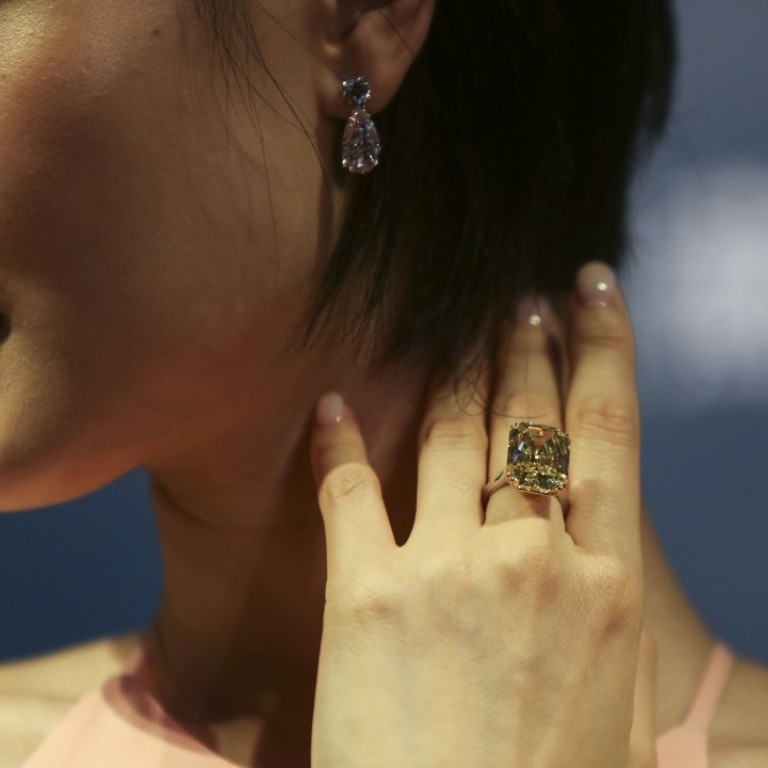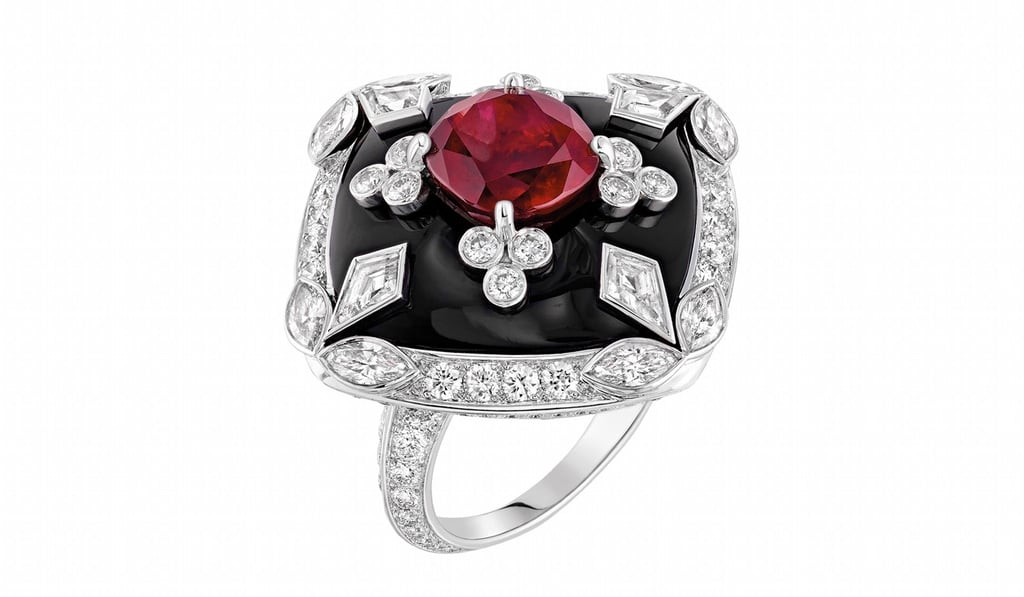You’re buying luxury jewellery wrong: advice from expert Fiona Druckenmiller

It’s a long leap to go from buying an engagement ring to truly understanding the value of gems. Here’s what you need to know
Ah, the holidays. It’s the perfect time to buy something significant for a special person – you know, show them you care. And it’s the perfect time to freak out about how, exactly, to do it.
Jewellery is an intensely personal way to express style, even for men. (Don’t try to tempt your tweed-wearing friend with an Apple Watch – he will recoil.) If you’ve got someone in your life with even the barest shred of personal style, approach the endeavour with eyes wide open and ears curled toward every hint of preferences that float your way.
It is possible to win this challenge. It just takes some effort.

The main thing is to know what you don’t know. So I met Fiona Druckenmiller at her Upper East Side shop to seek her best advice for buying gemstones. She’s got credibility: as one-half of the multibillion-dollar Druckenmiller fortune, she presides over FD Gallery, a six-story town house full treasures from the likes of Société Cartier, Van Cleef & Arpels Inc., JAR, Verdura, Hemmerle, and Viren Bhagat. Walk through the heavy, double-door portal and you’ll find yourself amid glittering items worth hundreds of thousands of dollars apiece. Her clients range from Upper East Side doyennes and French financiers to young, Asian entrepreneurs and Italian barons.
Druckenmiller wants to make it clear: “Just because you’ve bought an engagement ring doesn’t mean you know how to buy gemstones.” It’s solid advice, and a great place to start. Here’s what else you need to know if you are in the market for some seriously fancy jewellery.
You can’t eyeball quality
Do you know the difference between heated and unheated rubies? Can you spot an emerald that has been oiled, vs. one that contains no oil? Probably not. But those enhancements greatly affect the value of stones.
“People have been heating stones for hundreds of years to enhance the colour,” Druckenmiller says. “But a Burma ruby that is unheated is going to be worth 10 or 20 times as much as a heated ruby from Africa.”
